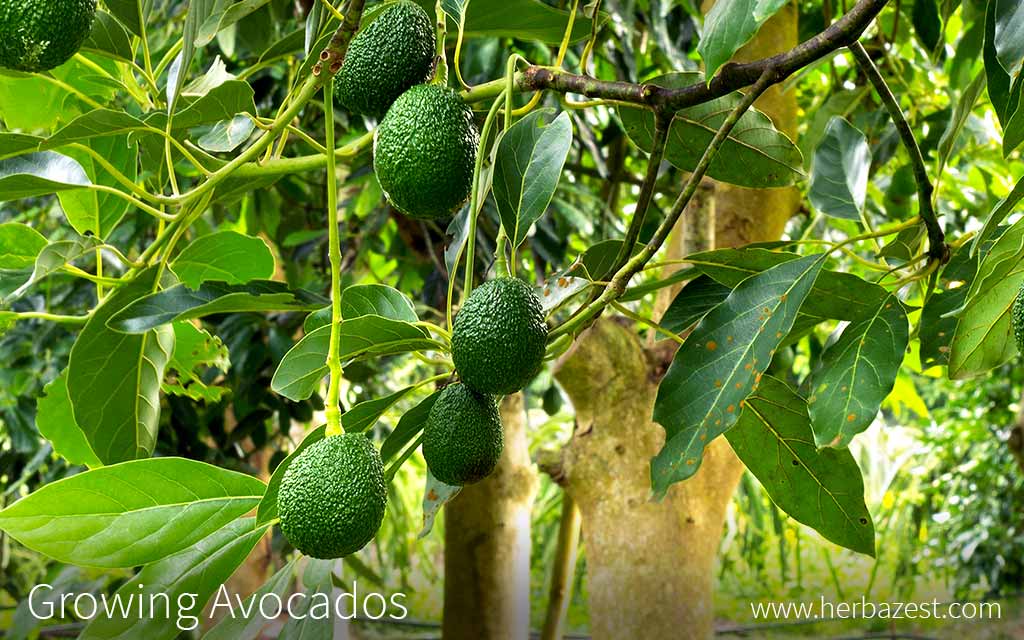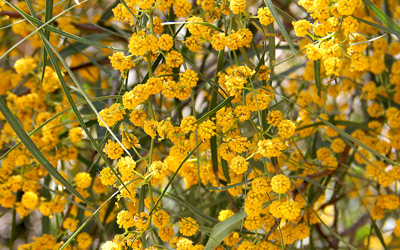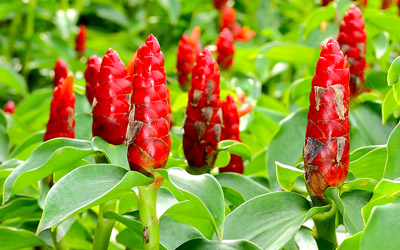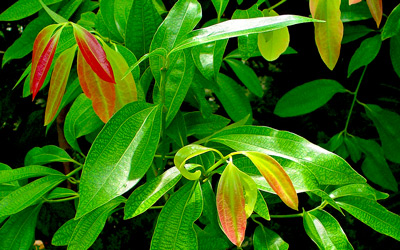Avocado has become a staple in Western diet; its many uses and medicinal properties have caught the attention of home gardeners and a variety of cultivars are widely available. The avocado can be grown indoors, as a potted plant, or outdoors, as a tree. Follow these specific growing guidelines in order to successfully cultivate and enjoy this healthy, buttery fruit.
1. Preparing the Soil
Avocado can thrive in a variety of soil types, including red clay, sand, volcanic loam, rocky soils rich in iron and aluminum, and limestone as long as they are well-drained and have good ventilation because the roots are sensitive to anaerobic conditions. Drainage is essential because avocados cannot tolerate any excessive soil moisture or even brief waterlogging. Also, be sure to keep the soil within the pH range of 5.0 - 7.0 for successful growth and fruit yield.
2. Planting
Planting Avocado Outdoors
Avocado can be propagated from roots, seeds, or seedlings. If planting roots, dig a deep hole and be sure to gently ease the roots into the hole - rather than simply dropping them in - in order to avoid disturbing the root system.
The most efficient method for growing any tree is planting a seedling. When selecting a nursery tree, look for a tree that stands two to four feet (60 - 120 cm) from the soil in a three-gallon container. Avoid larger trees in small containers, as they could develop issues with the roots that could prevent proper growth. Water the tree regularly until it is planted in the ground.
Be sure to plant the avocado trees 23 - 30 feet (7 - 9 m) or more away from other trees or buildings. Growing avocado trees requires full sun, and if trees are planted too close to buildings or other trees, they may be shaded, which would result in unusual growth or lack of fruit. Since avocados are not cold tolerant, pick a warm area to plant that is safe from flooding.
Dig a hole around three to four times the diameter and three times as deep as the container, then return some of the original soil to the hole. A deep, loose soil will allow avocado roots to expand easily.
Once the avocado tree is removed from the container, place it in the hole and cover the roots with soil and up to the level where the trunk comes out of the dirt. Tamp the dirt down to prevent any air bubbles and ensure that the dirt is firm. Water immediately around the tree and tree roots.
Planting Avocado Indoors
Many people enjoy growing avocado indoors as a houseplant. This can be done by piercing three toothpicks into the side of a seed and balancing it over a glass of water, with half an inch (1.3 cm) of the seed submerged.
After roughly two to six weeks when the roots and leaves are formed, the plant should be set in potting soil. Make sure the pot has holes in it for ventilation, and line the bottom of the pot with newspaper to help drainage.
Cover the roots with soil and leave the top of the seed visible. Place the pot by a window to ensure that it receives plenty of sunlight and water it regularly. It can take anywhere from 3 - 15 years for the plant to bear fruit.
3. Plant Care
Watering
Growing avocado requires watering every other day for the first week followed by watering one to two times a week for the first few months and during dry periods. Reduce or stop irrigation during the rainy season.
Fertilizing
Avocado growth depends on nitrogen and zinc, which are both required in different amounts. Fertilize with 1.5 - 2.0 pounds (680 - 900 g) of nitrogen and 0.5 pounds (227 g) of zinc sulfate per tree per year. Common fertilizers with nitrogen are calcium ammonium nitrate, ammonium nitrate, urea, and calcium nitrate. Most houseplant fertilizers contain zinc, but check the label and add in zinc if the fertilizer does not already have it.
Fertilizer will help an avocado tree grow healthy and quickly, but be careful, because too much fertilizer can damage roots and kill the avocado tree.
Pruning
Pruning in the first two years can benefit the lateral branching and growth of avocado. As the avocado tree is reaching maturation, cut back the tree tops to 10 - 15 feet (3.0 - 4.5 m). The taller tree canopies can block sunlight from reaching the lower canopies, so it is recommended to cut a few upper limbs as well while leaving lower branches intact.
Weed Control
Mulching the area around the avocado tree will help retain soil moisture and reduce weed problems. Use two to six inches (5 - 15 cm) layers of bark, wood chips, or similar mulch material. Make sure to keep mulch 8 - 12 inches (20 - 30 cm) away from the trunk to avoid rotting. Weed and feed products can damage avocado growth, so do not use them near or around the tree.
4. Pest & Disease Control
Avocado trees are prone to getting attacked by insects, such as the avocado looper (Epimecis detexta), pyriform scale (Protopulvinaria pyriformis), avocado red mites (Oligonychus yothersi), and avocado lace bugs (Acysta perseae). These insects do not pose a significant obstacle to fruit production, but they should be controlled if found in large populations.
Growing avocado in a home landscape does not typically require disease control. Well-drained soils will help avoid diseases such as root rot, which is the most serious disease among avocados. Check the avocado tree - especially the leaves and fruit - during the year for any signs of disease.
5. Harvest
One of the most unique characteristics of avocado growth is that the fruit does not ripen on the tree. Therefore, avocados can be harvested at any point during maturity. It is not possible to tell from the outside if a fruit is ready to be harvested; therefore, the best method is to try harvesting a few fruits and see if they ripen. Avocado fruits typically take two to five days to ripen after harvesting. If the fruit feels rubbery, withered, or shows any signs of rot, then the avocado needs more time before harvesting. Simply repeat this test until the fruit ripens successfully.
6. Storage
Avocado storage depends on when the fruit will be used. Since avocado fruit doesn't ripen until removed from the tree, postponing harvest can be used as a method of storage. Once harvested, avocados ripen best at temperatures between 60 - 75F (16 - 24C). Speed up the ripening process by placing the avocado in a plain brown paper bag with an apple or banana.
Once an avocado has been cut open, it can be preserved by dousing it with lemon juice, lime juice, or white vinegar, tightly covering it, and putting it in the refrigerator. This will help the avocado stay fresh for another day or two.





